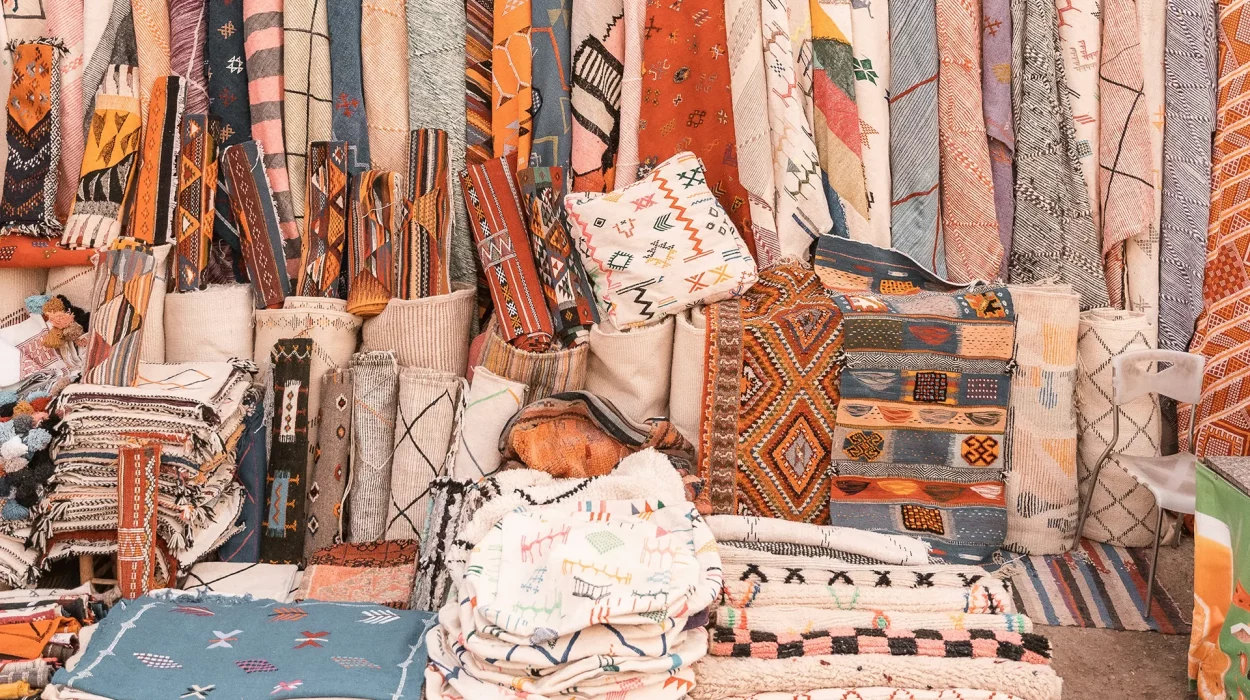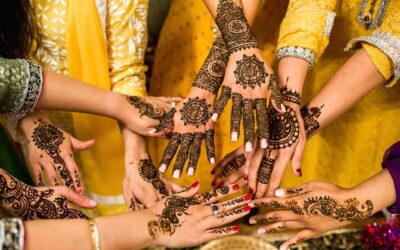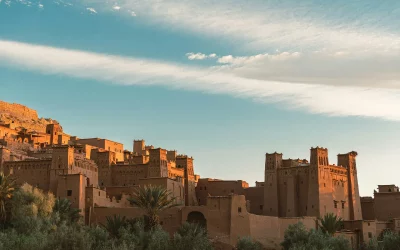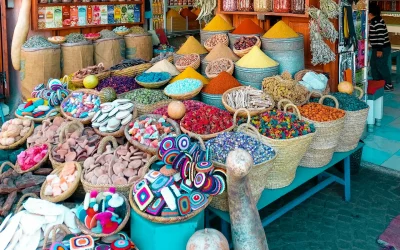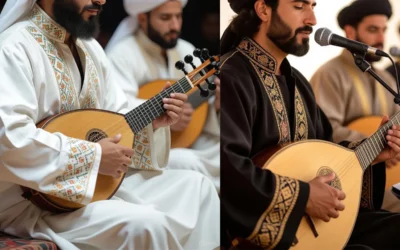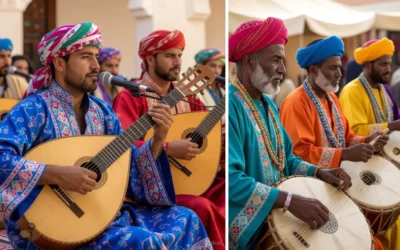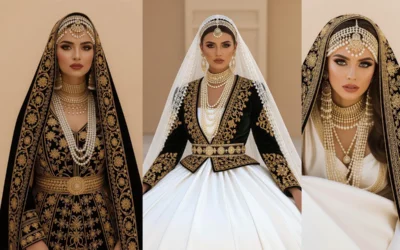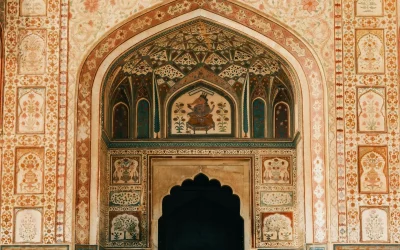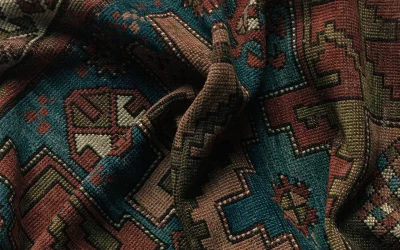In the quiet battle between Algeria and Morocco on the cultural front, an ancestral garment has emerged as a diplomatic tool: the caftan. Behind the embroidery and fabrics, a struggle for influence is being played out that goes far beyond questions of heritage. And on social media, this war, waged largely by Algeria, is taking the form of a well-oiled digital interference strategy.
Since Rabat submitted a dossier to UNESCO seeking recognition of the caftan as exclusively Moroccan intangible heritage, Algiers has launched a discreet but structured counter-offensive. There have been no official statements or diplomatic protests. But on X, TikTok and Facebook, an ecosystem of actors – influencers, cultural activists and community pages – is working to challenge the Moroccan initiative, fuelling a mechanism of disinformation based on identity and emotion.
Unfounded accusations, but with strong symbolic significance
The first step in this informal mobilisation was to question the legitimacy of Morocco’s approach. As early as April 2025, posts appeared on X accusing Morocco of rewriting the history of the caftan and even falsifying its origin. Several pro-Algerian accounts claimed – incorrectly – that Algeria had already obtained UNESCO recognition for an equivalent garment, mentioning the melhfa, the gandoura or even a so-called ‘Algerian caftan’.
In May, the campaign intensified. The same networks spread the idea that Morocco had modified its application after the deadline, with the alleged complicity of Audrey Azoulay, Director-General of UNESCO and daughter of an advisor to King Mohammed VI. This accusation of favouritism, devoid of any evidence, was widely shared on TikTok and Facebook, where emotional narratives often take precedence over fact-checking.
A garment turned digital banner
What could have remained an expert debate on the origins of a traditional garment turned into a massive communication campaign. Algerian influencers, cultural associations and digital media seized on the subject. Videos of celebrities wearing the caftan, accusatory hashtags, image hijacking and photomontages: the caftan has become a symbol, a digital flag and a rallying cry for identity.
Well-known figures, such as journalist Khaled Drareni and influencer Sherazade Laoudedj, have taken up the cause. In June, a petition signed by Algerian researchers and artists was widely shared, calling for the denunciation of ‘cultural theft.’ On Facebook, community groups amplified the discourse, calling for collective mobilisation. The caftan is no longer seen merely as a cultural asset, but as an attribute of national identity to be defended.
Misinformation and broadening of the cultural front
In July, the campaign took a more aggressive turn. Some accounts linked international or Franco-Maghreb personalities to the Algerian caftan to establish its supposed universality. Actor Will Smith and Enzo Zidane and his wife are thus presented – incorrectly – as wearing caftans of Algerian origin. These often fanciful claims aim to legitimise the Algerian narrative through symbolic association.
In August, the offensive broadened. Several influencers are now calling for other items of clothing, such as the burnous, to be included in UNESCO’s intangible heritage. The objective seems clear: to multiply cultural claims in response to Morocco’s actions, with a view to occupying symbolic ground.
Cultural diplomacy in the age of social media
This phenomenon marks a turning point: social media is no longer content to simply relay information, it has become the very arena of diplomatic confrontation. The caftan crystallises a model of decentralised cultural diplomacy. No official statement is necessary: videos, petitions and viral content are enough to produce a powerful collective narrative, particularly among the Algerian diaspora in France, which has been largely mobilised.
This conflict over the caftan therefore goes far beyond the cultural sphere. It reveals a broader competition between two regional powers, each seeking to impose its version of history and assert its symbolic sovereignty. And this sovereignty is now being played out as much in international forums as in the algorithmic flows of social media platforms.

